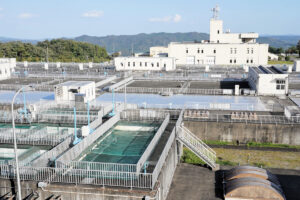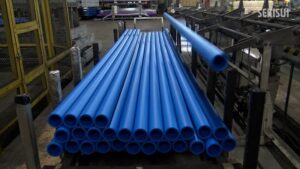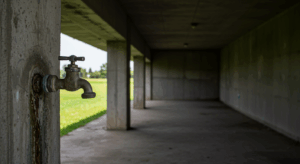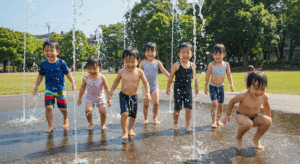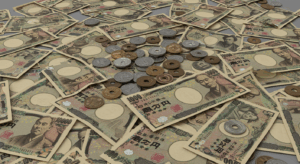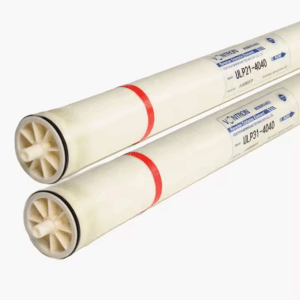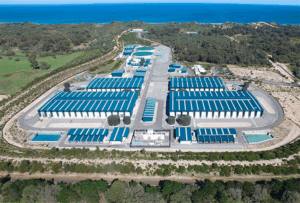“If only I had access to drinkable water on the spot during a disaster…” Many people have had this thought. Nowadays, it’s easy to find emergency water purifiers for around 3,000 to 5,000 yen on sites like Amazon. Some of them claim that you can “drink directly from the river!” But is that really the case?
This article explains in detail how portable water purifiers work, how to use them correctly, and important hygiene considerations. By understanding membrane purifiers—not only for disaster preparedness but also for outdoor use—you’ll be ready to secure safe water in any situation.
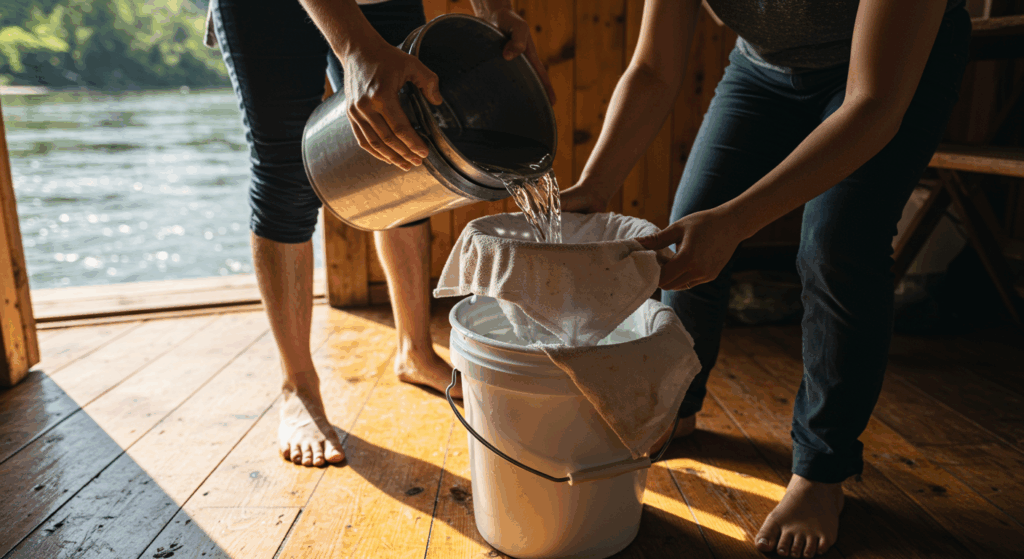
Introduction: From Muddy to Clear? Incredible Purification Power
Most portable water purifiers use hollow fiber membranes with pore sizes around 0.01μm (10nm), which correspond to UF membranes. These membranes excel at removing impurities such as viruses, colloids, and high molecular organic substances.
1. Why Pre-Treatment Is Essential
The phrase “drink directly from the river” sounds appealing, but in reality, water sources like rivers and ponds available during disasters are often somewhat murky. Passing such water directly through a purifier can clog the fine pores with sediment, drastically reducing the amount of water it can process.
To make the most of the manufacturer’s stated capacity (e.g., 5,000L or 8,000L), it is crucial to pre-clean the water before passing it through the membrane purifier. This extra step significantly extends the purifier’s lifespan and ensures reliable use when it matters most.
2. The “3-Step” Lifespan Extension Process
To maximize the lifespan of your portable purifier and use it hygienically, follow these three steps:
- Settling: Collect water in a 20L bucket or similar container and let it sit still to allow sediment and debris to settle. Letting it stand for at least 3 hours—ideally overnight—can remove much of the turbidity.
- Filtering: Use a towel or cloth to filter the water after settling. This step removes visible fine particles from the surface water.
- Membrane Filtration: Finally, pass the water through the membrane purifier to obtain drinkable water.
Following this process reduces strain on the purifier, prevents clogging, and allows for longer, more hygienic use. Even with just a towel and a bucket, this pre-treatment can extend the purifier’s lifespan five to ten times.
3. Visualizing Pre-Treatment with a Bucket and Towel
4. 5 Rules for Maintaining a Sanitary Portable Purifier
Even the best purifier is useless if not used hygienically. Follow these five essential rules:
- Replace the filter if unused for over a week: Once opened or used, the filter should be replaced if unused for a week or more for hygiene reasons.
- Mold smell or stomach pain: If the purifier smells moldy or causes stomach discomfort after use, stop using it immediately and replace the filter.
5. Recommended Products + Bonus Option
- A. Greeshow Portable Water Purifier: Lightweight, compact, and powerful. Comes with various attachments for use with PET bottles under pressure. Approx. ¥3,000 [Amazon]
- B. SAKUTTO Portable Water Purifier: Small hollow fiber membrane unit. Popular due to TV exposure. Approx. ¥5,000 [Amazon]
- C. Greeshow Electric Water Purifier: Offers the same quality as above, but motorized for easier use. Approx. ¥15,000 [Amazon]
6. Frequently Asked Questions (3)
Q1: Can muddy water be purified directly? A1: Yes, it can be purified. However, it will clog the purifier faster and shorten its lifespan significantly. Pre-treatment is strongly recommended before use.
Q2: Can it remove salt? A2: No, portable purifiers with UF membranes cannot remove salt. Seawater or water affected by salt damage is not drinkable.
Q3: Can it really purify 5,000 liters? A3: While manufacturers list 5,000L or 8,000L, actual purification volume varies depending on the quality of the source water. Pre-treating the water helps extend the purifier’s effective usage.
Conclusion
Portable water purifiers are an extremely effective tool for securing water during disasters. With proper pre-treatment and hygiene management, you can maximize their performance and ensure a reliable supply of safe drinking water.
